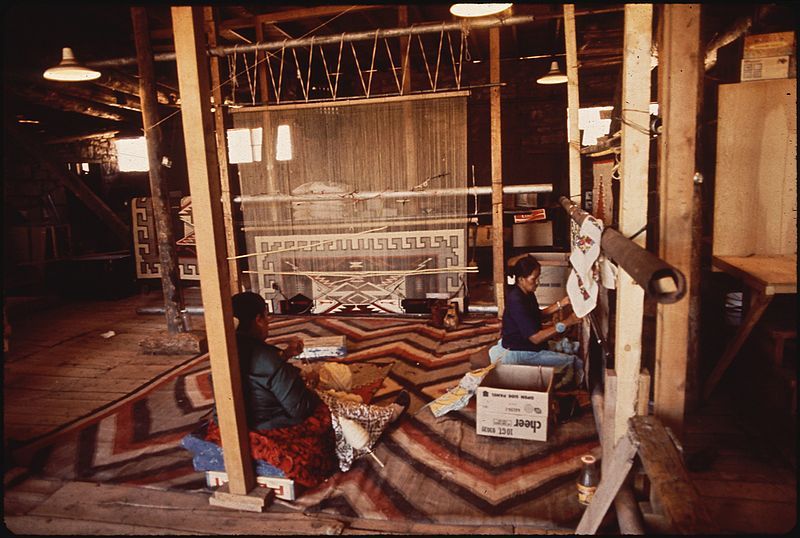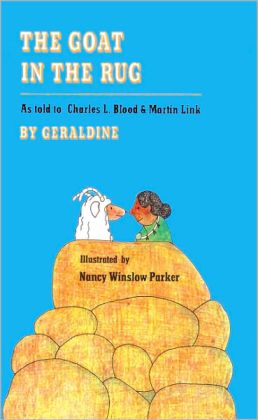Third grade students began this unit by
examining some Navajo rug and tapestry weavings. We pointed out how most used neutral colors
and displayed geometric many patterns using geometric shapes. After learning a little bit more about the
history of Navajo weaving, students discovered that the yarn used to make these
weavings, came from sheep and traditionally were the natural color with little
or no dye applied. Additionally, after
becoming familiar with the natural landscape of the Navajo Nation, we were able to see why some of the common imagery used, depicted grey hills and
crystal patterns. Most
importantly, we learned how these weavings began being produced purely for
functional reasons and only after becoming a very popular trade item , did that
purpose change.

Navajo winter hogan with blanket used as a door, 1880-1910

Navajo Weavers, 1972

Two Grey Hills Navajo weaving
Warping Loom
Weaving flap
Student weavers












No comments:
Post a Comment